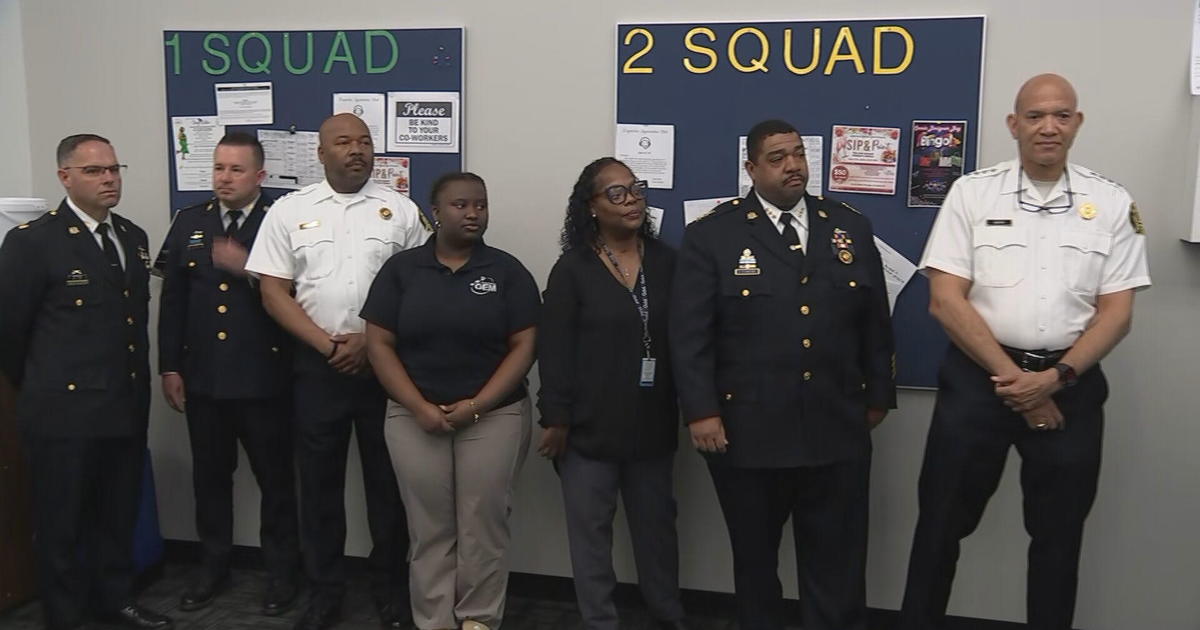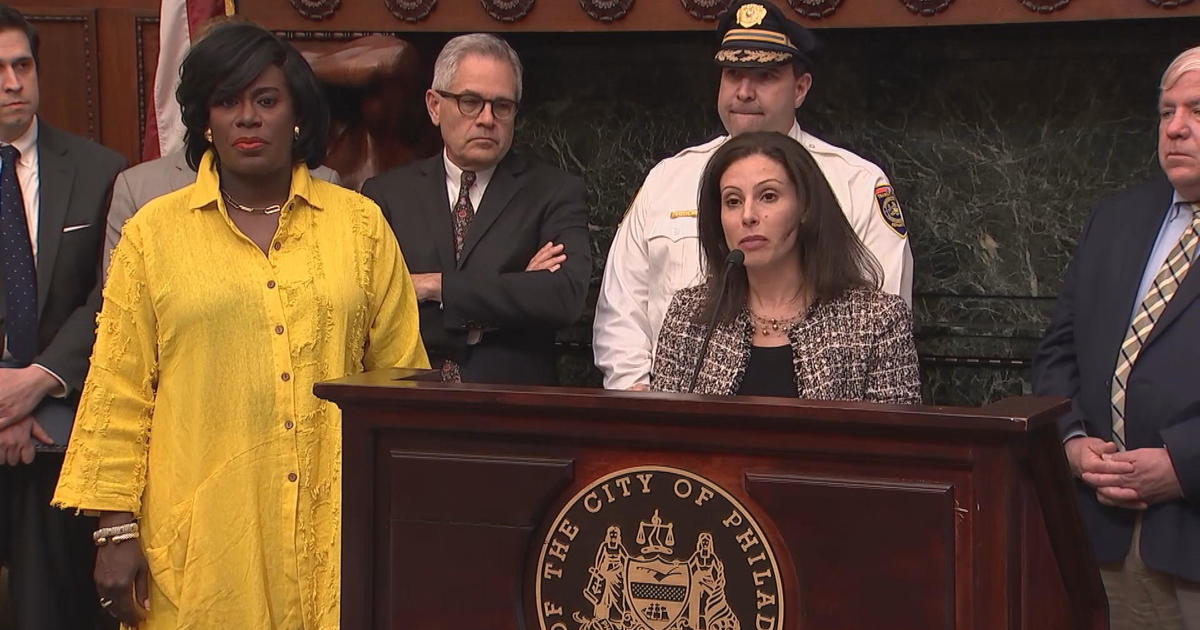Angie's List: Removing Trees From Your Property
By Jim Donovan
PHILADELPHIA (CBS) -- Trees can be a great asset to your property, adding beauty and shade, but only if they're in good health.
In this week's Angie's List report, Jim Donovan has information you need if your tree is on its last limb.
Several trees on Troy Carpenter's property were being destroyed by beetles.
"You start noticing when the canopy thins out and eventually they don't have any leaves, so we thought we could treat about half of them that seemed to have somewhat healthy canopies," said Carpenter.
But treatments didn't work, so the trees needed to come down. Because once it's obvious your tree is unhealthy, you need to take steps to protect yourself.
"Proper tree maintenance is important from a liability standpoint for homeowners. You may not realize, but if you have a tree that falls and damages someone else's property, you are going to be responsible. So you want to take care of them when you see the first need, said Angie's List founder, Angie Hicks.
"There's anything from defoliation to partial or complete defoliation of the tree to discoloration of the foliage to disfiguration of the leaves; sometimes leaves are curled - that could be signs of a certain diseases or potential other injuries," said tree service company owner, Rick Carter.
When it's time to remove a tree, several factors can affect the costs.
"A lot of tree removal companies will charge by the foot of a tree. For example, if $15 a foot, a 40 foot tree would cost $600 to remove. Keep in mind that price doesn't always include taking the stump out so be sure to ask about that in particular if that's important to you," said Hicks.
You also want to find out if yard clean up is included in the price.
Tree removal is best left to the pros but before hiring anyone, make sure they're registered and insured.
More From Angie:
Several factors, such as old age, storm damage or environmental issues, can prematurely damage or kill trees. If you're concerned about your trees, or have never had them inspected, your best bet is to hire a Certified Arborist.
While only a certified arborist can tell for sure if your tree is dying, here signs to help you determine if it's time to call a specialist.
• Leaves bloom late
• Leaves fall off early
• Odd leaf color
• Split, cracked or peeling bark
• Dead branches near the top of the tree
Angie's List Tips: Hiring a tree service
• Don't procrastinate: If you have trees that look structurally unsound or in decline, don't wait to have them looked at. Taking care of the issue immediately can also save you from further costs. Your trees should be inspected on a regular basis.
• Consider a certified arborist: If you have trees that are aged or diseased, a certified Arborist can help determine what special care you might need to keep the trees and your yard in good shape. Cutting down a tree is a dangerous job and a task homeowners should not attempt themselves.
• Check qualifications: Don't hire just anyone with a chain saw and pickup truck. Tree removal is highly technical and dangerous and should only be done by an experienced professional. Gather estimates from at least three companies and vet them thoroughly. Check for membership in professional organizations, such as the International Society of Arboriculture (ISA), the Tree Care Industry Association (TCIA), or the American Society of Consulting Arborists (ASCA).
• Ask for proof of insurance and licensing: Make sure the company's policy adequately covers property damage and injuries that could occur.
• The cost to remove: The cost depends on several factors, including the type of tree and its height. Many companies charge per foot. Additional costs include on-site chipping, stump grinding and removal of the debris. Many professional tree services offer free, on-site estimates.
• Walk through the job: Have the contractor walk through the yard with you so you know exactly what trees need work and what is being removed. Map out how the areas where the contractors will be working and how they will access those areas. Make sure you've cleared those areas of cars and other items to ensure nothing is damaged by falling limbs.
• Put it in writing: Agree to the terms and details of the project, including the costs, outlined in a contract, before any work is done.



